MIM Parts Manufacturer: How Metal Sintered Power Tool Parts Are Made
Neway is a distinguished name in custom metal, ceramic, and plastic parts manufacturing. As a one-stop service provider for custom parts, Neway offers solutions ranging from rapid prototyping to on-demand production. With a focus on precision and quality, Neway's expertise extends to various manufacturing methods.
Overview of Metal Injection Molding (MIM)
Today, we delve into one of the most innovative and efficient manufacturing techniques – Metal Injection Molding, commonly known as MIM. This revolutionary method has transformed the production of intricate metal components, making it a vital part of various industries.
In this blog, we'll explore the fascinating world of MIM and its significant role in producing power tool parts. As we'll see, MIM offers unparalleled advantages in terms of precision, cost-efficiency, and the ability to create complex geometries that were once deemed impossible.
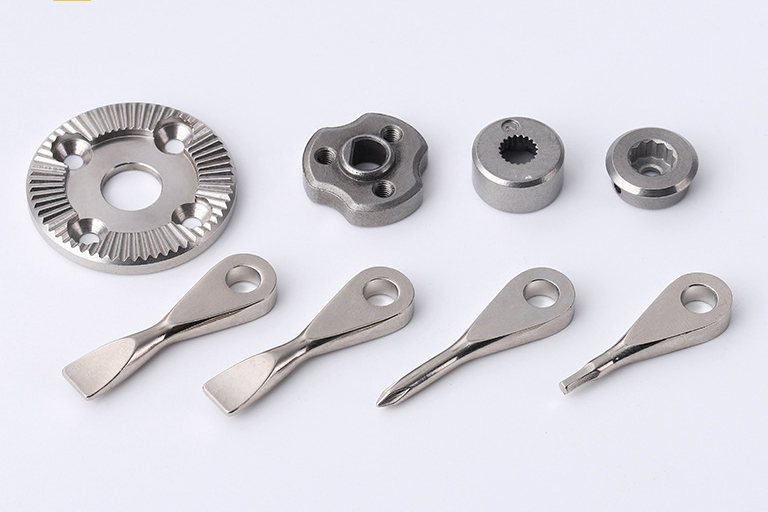
Understanding Metal Injection Molding (MIM)
Metal Injection Molding, or MIM, is a highly specialized manufacturing process that combines the flexibility of plastic injection molding with the durability and strength of metal. It's a remarkable technique that allows for the production of intricate metal parts with high precision.
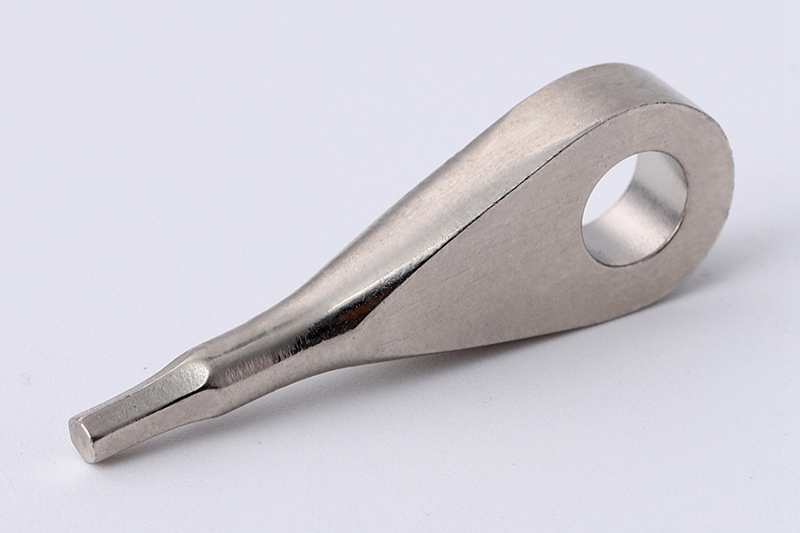
MIM starts with a fine metal powder and a polymer binder to create a feedstock. This mixture is then injected into molds, similar to traditional plastic injection molding. However, what sets MIM apart is the subsequent debinding and sintering stages.
One of the critical advantages of MIM is its ability to produce intricate and complex metal parts that would be highly challenging to manufacture using traditional methods. The flexibility of MIM in terms of design and geometry is unparalleled.
MIM is not only about complexity but also about cost-effectiveness. The process minimizes material waste and offers high precision. It's a game-changer in the industry because it allows manufacturers to achieve intricate designs while keeping production costs in check.
What Is The MIM Process
To truly grasp the marvel of Metal Injection Molding, it's essential to understand the intricate steps involved in the process:
Feedstock Preparation: The process begins with preparing the feedstock, a mixture of fine metal powders and a polymer binder. This blend is tailored to achieve the desired material properties and is essential to the MIM process.
Injection Molding: The prepared feedstock is then injected into molds precisely, much like plastic injection molding. The molds are designed to mirror the intricate shapes of the desired metal components.
Debinding: After molding, the parts undergo a debinding process to remove the polymer binder. It is a critical step to ensure the final product is pure metal. Debinding is often done through a combination of solvent extraction and thermal processes.
Sintering: The debond parts are then sintered at high temperatures in a controlled atmosphere. During sintering, the metal particles fuse, resulting in a solid, dense, and high-strength metal component.
Shaping: After sintering, the metal powder collapses into the final part. Subtle deformations occur during this process. So, we use shaping molds to calibrate the sintered parts to achieve a high degree of consistency.
Post Processing: Finally, we post-process the sintered parts to achieve their intended use. For example, CNC machining improves precision to meet assembly conditions, polishing to achieve a mirror effect, PVD to achieve a more robust protective layer and multiple colors, heat treatment to increase hardness, Etc.
Sintering is the heart of the MIM process. This is where the magic happens. The metal particles in the debound component bond together, and the final shape is achieved. The sintering process ensures that the part not only has the desired geometry but also the required material properties, such as strength and hardness.
Sintering temperatures can vary based on the material used, but they typically reach around 80% of the metal's melting point. This allows the particles to fuse without fully melting, maintaining the component's structural integrity.
Metal Sintered Power Tool Parts
Now that we have a solid grasp of the MIM process let's zoom in on its practical application in creating power tool parts. Power tools, known for their precision and durability, rely highly on components manufactured with MIM technology.
Power tool parts like gears, shafts, and connectors often demand intricate shapes and impeccable precision. MIM stands as a beacon of hope for manufacturers, offering the ability to produce these components with extraordinary accuracy and consistency.
Neway, a leading custom parts manufacturer, is pivotal in crafting power tool components using MIM. Here are some examples of power tool parts that benefit from this technology:
Gears: Power tools rely on gears for torque and speed control. MIM-produced gears offer unparalleled precision and durability, ensuring the smooth and efficient operation of the tools.
Shafts: Shafts in power tools require precise dimensions and high strength. MIM's ability to maintain tight tolerances and deliver the desired material properties makes it an ideal choice for shaft production.
Connectors: The electrical connectors in power tools must maintain a consistent connection. MIM components offer reliability and durability, ensuring optimal performance.
MIM technology is not just a game-changer; it's a revolution in the power tool industry. Its unique capabilities bring forth a new era of power tool design and functionality.
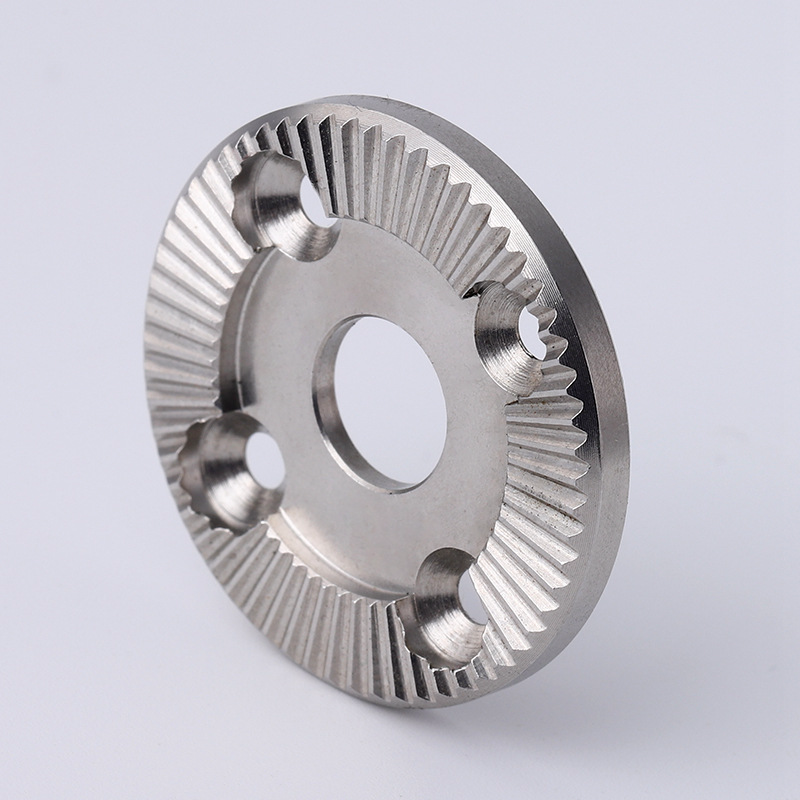
Quality and Precision
Quality and precision are the cornerstones of Metal Injection Molding. When it comes to power tool components, precision is non-negotiable. MIM shines in this regard, offering unmatched precision and consistency across production batches.
The tight tolerances (min +/-0.02mm) achievable with MIM ensure that every power tool part meets the specifications for optimal performance. Manufacturers no longer need to worry about variations or defects hindering a power tool's functionality.
Maintaining high-quality standards is paramount in the power tool industry. Power tools are expected to perform flawlessly in various conditions, and any compromise in quality can lead to safety hazards and customer dissatisfaction.
MIM's ability to produce parts with minimal defects and exceptional material properties ensures that power tool manufacturers consistently meet these high-quality standards. Every part manufactured through MIM is a testament to the technology's commitment to excellence.
Cost-Efficiency
In the world of manufacturing, cost efficiency is a game-changer. Power tool manufacturers understand the importance of keeping production costs in check to offer competitive pricing while maintaining profitability. It is where MIM technology truly excels.
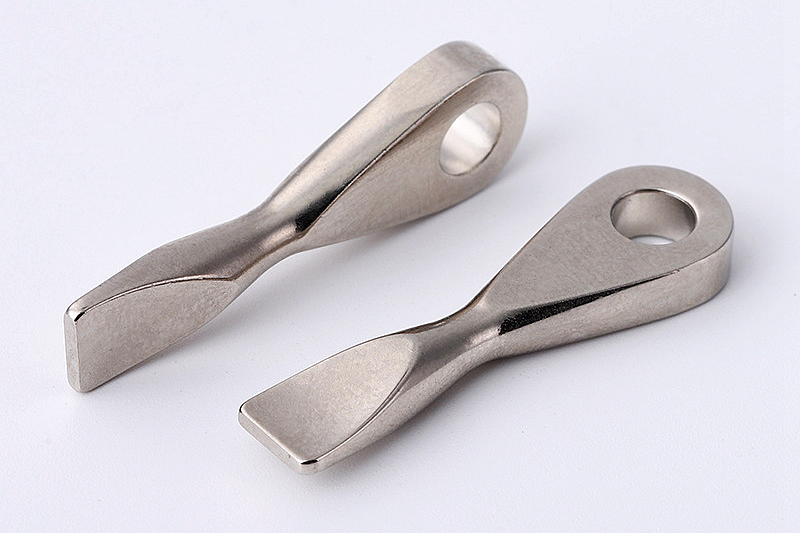
MIM brings significant cost savings to the table in several ways:
Material Efficiency: The MIM process minimizes material waste, ensuring that almost every bit of metal is used in creating components. Traditional machining processes can generate significant material waste, translating into higher costs.
Reduced Labor Costs: MIM is a highly automated process, reducing the need for extensive manual labor. It not only saves on labor costs but also minimizes the risk of human error.
Complex Geometries: MIM allows for creating complex geometries in a single step, reducing the need for secondary machining or assembly. It streamlines the production process and reduces associated costs.
Comparison with other manufacturing methods
Compared to traditional manufacturing methods, such as CNC machining or precision casting, MIM is often the more cost-effective for producing power tool parts. Its ability to create complex shapes with minimal waste and labor makes it a compelling option for manufacturers.
While other methods might be suitable for specific applications, the unique advantages of MIM, especially in terms of cost-efficiency, have made it a preferred choice for industries seeking precision and value.
Neway's Expertise in MIM
Neway, a leading custom parts manufacturer, has been at the forefront of MIM technology for years. Our commitment to innovation and precision has made us a trusted partner for industries worldwide, including the power tool sector.
Our journey with MIM has been marked by excellence and dedication. We've harnessed the power of this remarkable technology to create precision components that drive innovation and set new standards in the power tool industry.
Quality and innovation are deeply embedded in Neway's DNA. Our clients rely on us to deliver components that meet and exceed their expectations. This commitment to quality has led us to invest in state-of-the-art MIM technology and a team of skilled experts who understand the nuances of the process.
Our dedication to innovation drives us to push the boundaries of what's possible with MIM. We continually explore new materials and design possibilities, ensuring we remain at the forefront of this dynamic field.
If you're in the power tool industry or any other sector that demands precision metal components, we invite you to explore Neway's services. We're here to help you harness the power of MIM to create components that push the boundaries of what's possible.
Thank you for joining us on this journey through Metal Injection Molding and its pivotal role in the power tool industry. We look forward to being your trusted partner in innovation.
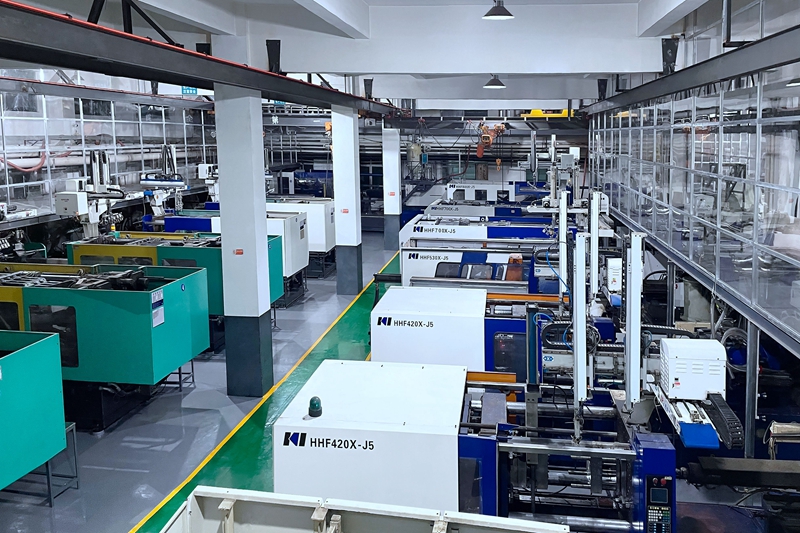
Common MIM Materials Optional For Power Tool Parts
Compared with other metal parts manufacturing processes, MIM has a larger range of material choices. These include some high melting point alloys and hard metals.
